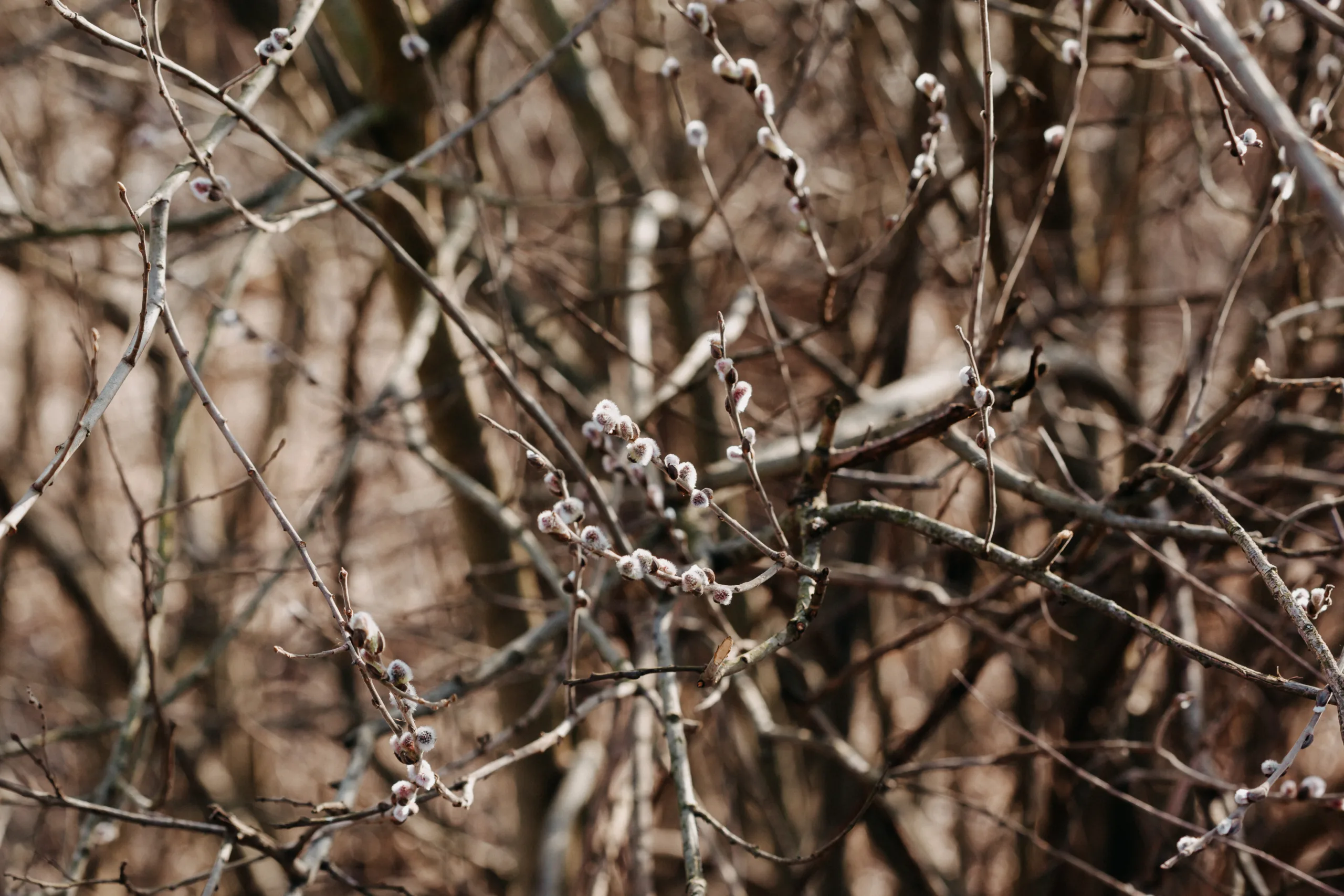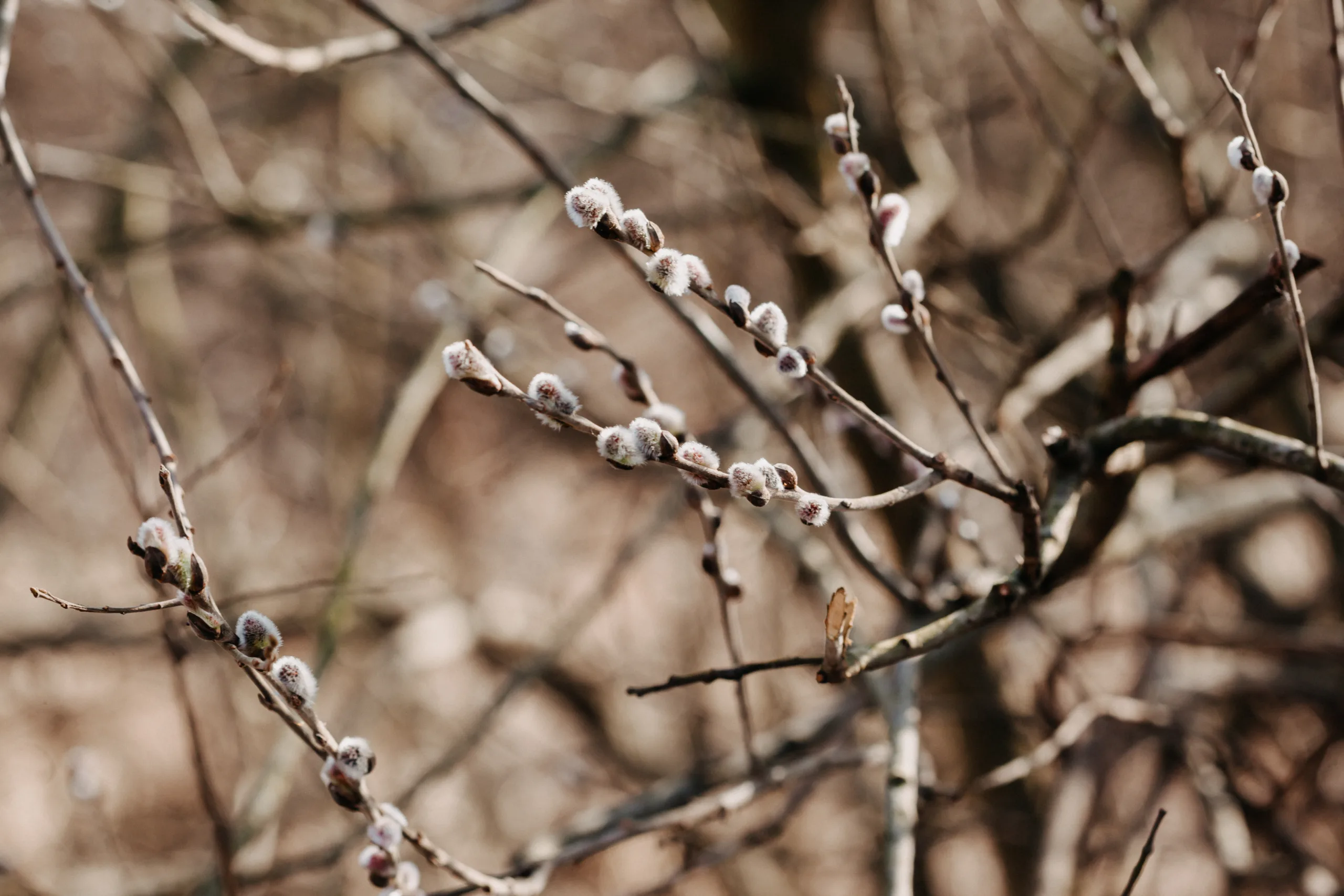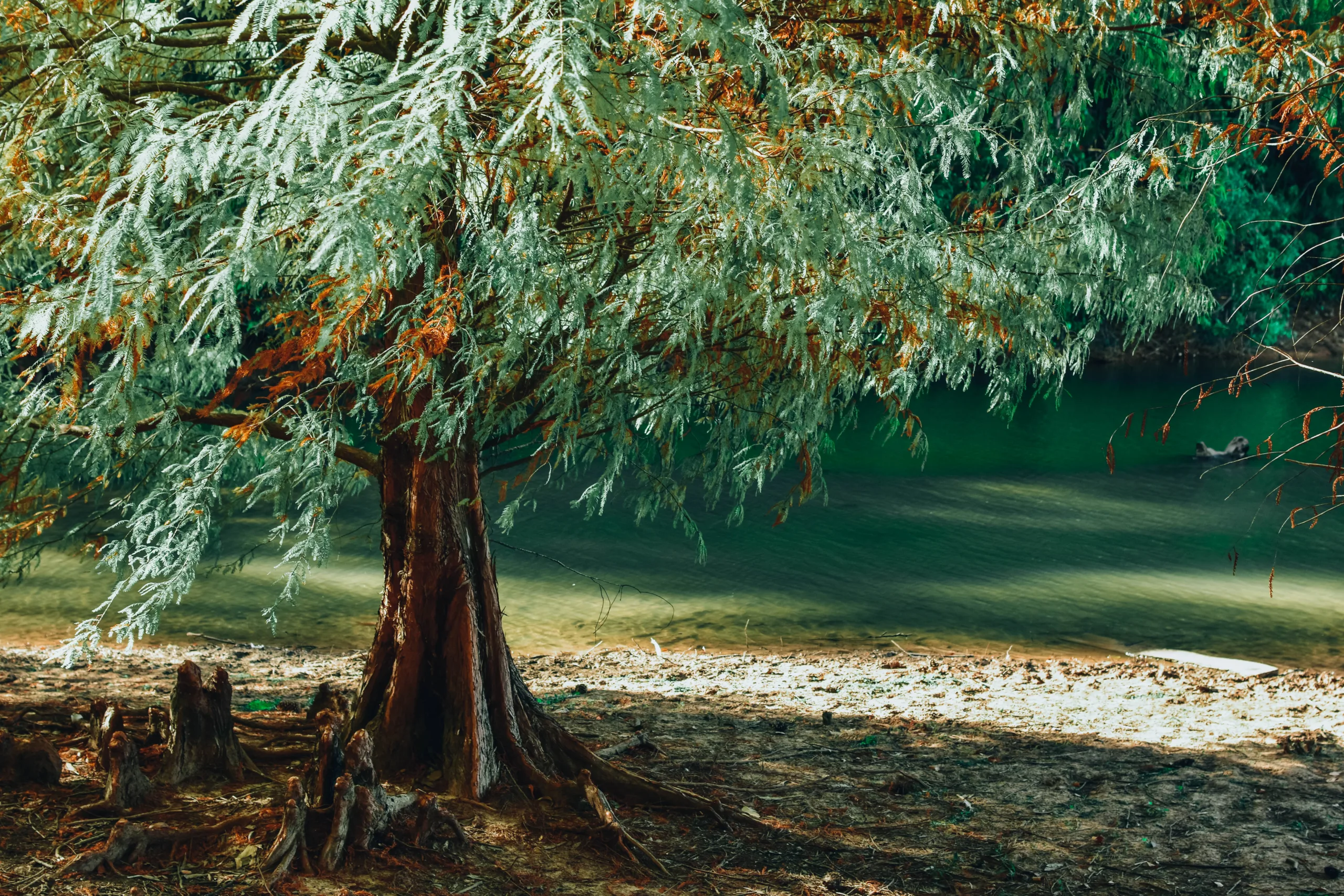Do you live in Arizona and want to know if willow trees will grow in your climate?
If so, this article is for you. You’ll learn all about the types of willow trees that grow in Arizona and the conditions they need to thrive. We’ll also discuss how to care for them and how to protect them from pests and diseases. By the end of this article, you’ll have a good understanding of how willow trees can be successfully grown in Arizona.
There are several different varieties of willow trees found in Arizona, including the Weeping Willow (Salix babylonica), Black Willow (Salix nigra), Sandbar Willow (Salix exigua), and Prairie Willow (Salix humilis).
What Conditions Are Needed for Willow Trees to Thrive in Arizona?
Willow trees can thrive in Arizona as long as they have full sun exposure and ample water. Willow trees prefer well-drained, sandy or loamy soils with neutral pH levels. Full sun exposure is necessary for optimal growth, so it’s important to select an area that will receive at least six hours of direct sunlight each day. Additionally, willow trees require plenty of water and should be watered deeply and frequently throughout their first year of growth. Established willow trees may need supplemental watering during the hot summer months. Mulch around the tree can help insulate the roots from extreme temperatures and also helps retain moisture in the soil. Finally, pruning is essential for maintaining a healthy willow tree and should be done regularly to remove dead or damaged branches and promote healthier growth.
Caring for a Willow Tree in Arizona
Caring for a willow tree in Arizona can be challenging due to the hot and dry climate. The key to successful willow tree care is providing the right amount of water and protection from the intense heat of the desert. Regularly applying mulch around the base of the tree can help retain moisture and reduce evaporation in Arizona’s arid environment. It is also important to prune the branches of your willow tree regularly to prevent overgrowth or damage from strong winds.
In addition, you should fertilize your willow tree every spring to ensure it has enough nutrients and energy to survive through the summer months. A balanced fertilizer with an appropriate ratio of nitrogen, phosphorus, and potassium should be applied according to instructions on the package. Too much fertilizer can cause excessive growth and potentially damage your willow tree, so use it sparingly.
Finally, you should also take steps to protect your willow tree from pests and diseases common in Arizona’s climate. Regularly inspect your tree for any signs of disease or infestation, such as discolored leaves or weakened branches. If you spot any issues, contact a professional arborist for advice on how best to treat it. With proper care and attention, your willow tree should thrive in its desert home for many years to come!
Potential Pests and Diseases That Can Affect Willows Growing in Arizona
Willows growing in Arizona are susceptible to a variety of pests and diseases. Some of these include the willow leaf beetle, the willow sawfly, and the willow aphid. The leaf beetle can cause defoliation of young trees and can weaken them over time. The sawfly larvae feed on the leaves, which can also lead to defoliation and stunted growth. The aphids feed on the sap from the tree, which can cause damage to the bark and leaves. Additionally, bacterial blight can cause wilting of leaves and twigs, as well as yellowing of foliage.
Other pests that may affect willows in Arizona include caterpillars, scale insects, spider mites, and mealybugs. These all feed on various parts of the tree or sap from it, leading to further damage if left unchecked. Disease is also a potential issue for these trees in Arizona; some common diseases include twig blight and root rot. Twig blight causes dieback of twigs while root rot causes yellowing and wilting of foliage as well as eventually killing off affected branches or even entire trees if left untreated.
It is important to monitor your willows for any signs of pest or disease activity so you can take steps to control it before it becomes a major problem. Techniques such as pruning affected branches or spraying with insecticides or fungicides may help prevent further damage to your trees. Additionally, good cultural practices such as proper irrigation, fertilization, mulching, and pest monitoring are essential for keeping your willows healthy in Arizona’s climate.
Protecting Willow Trees From Weather Extremes in Arizona
Willow trees are a popular choice for landscaping in Arizona due to their beauty and hardiness. However, they are not immune to the extreme temperatures, winds, and other weather conditions that can occur in the region. Protecting willow trees from weather extremes is essential if they are to thrive in Arizona’s climate.
The best way to protect willow trees from weather extremes is to provide them with adequate water. During hot summer months, this may mean watering the tree two to three times per week. During periods of drought or particularly dry weather, supplemental watering may be necessary. It’s also important to avoid over-watering the tree; too much water can be just as damaging as too little.
When temperatures soar above triple digits, it’s essential to provide shade for willow trees. Planting other trees nearby or using shade cloth can help keep the tree cool in hot weather. Mulching around the base of the tree can also help retain moisture and insulate against heat and cold.
Wind poses a particular threat to willow trees because of their shallow root systems and delicate branches. If a willow tree is planted in an area with strong wind gusts, it should be staked securely or planted against a protective barrier such as a wall or fence. This will help reduce the stress on the roots and branches of the tree during periods of high winds.
With proper care and maintenance, willow trees can thrive in Arizona’s climate despite its extreme temperatures and weather conditions. By providing adequate water, shade, mulch, and protection from wind gusts, these lovely trees can be enjoyed for years to come!

Benefits of Planting a Willow Tree In Arizona
Willow trees are one of the most popular trees to plant in Arizona. They provide beauty and shade, and their branches arch gracefully over pathways and walkways. Willow trees are also known for their resilience and can thrive in the hot desert climate of Arizona. Planting a willow tree in Arizona can have many benefits, including providing shade for your home, increasing property value, providing privacy, and attracting wildlife.
Shade is one of the major benefits of planting a willow tree in Arizona. The large canopy of the willow tree means that it can provide both shade and cooling effects to your home. The broad leaves allow air to flow through them, creating a cool breeze that helps to reduce temperatures during the hot summer months. You may also find that the shade provided by the willow tree helps reduce energy costs because it reduces the need for air conditioning.
Another benefit of planting a willow tree in Arizona is that it can increase your property value. A beautiful, mature willow tree adds aesthetic appeal to any landscape, making your home more attractive to potential buyers. In fact, studies have shown that homes with mature trees on their property can fetch higher prices than those without.
In addition to providing shade and increasing your property value, planting a willow tree in Arizona can also provide privacy from neighbors or passersby. The dense canopy of the willow tree creates an effective barrier between you and your neighbors’ homes or between you and any traffic passing by on nearby streets.
Finally, planting a willow tree in Arizona can attract wildlife such as birds and butterflies. The branches are perfect perches for birds while its fragrant blooms attract butterflies during springtime. Having wildlife around can make your outdoor space even more enjoyable as you watch them flutter about or sing from up high.
Planting a willow tree in Arizona has many benefits for homeowners looking to improve their landscapes or add something special to their outdoor space. From providing shade and increasing property value to creating privacy and attracting wildlife, there are many reasons why you should consider planting a willow tree in your yard today!
Special Considerations When Planting a Willow Tree In Arizona
When planting a willow tree in Arizona, there are some special considerations that must be taken into account. The first consideration is climate. The desert climate of Arizona can be particularly harsh on a willow tree, as they prefer moist, temperate climates. It is important to select an appropriate species of willow tree for the harsh environment of Arizona, as some species are better suited to the climate than others.
The second consideration is location. Willow trees do not do well in windy areas, so it is important to choose a sheltered spot that is away from any strong winds. Additionally, willows require regular watering and should be planted in an area where they can receive sufficient water throughout the year.
The third consideration is soil type. Willows prefer deep soils with good drainage, so it may be necessary to amend the soil before planting a willow tree. Compost or manure can be added to the soil to improve drainage and fertility. Additionally, adding mulch around the roots of the tree can help protect them from heat and conserve moisture.
Finally, it is important to choose an appropriate species of willow for your area and conditions. Species such as Salix exigua and Salix nigra are well-suited to the arid environment of Arizona and can tolerate periods of drought without damage or decline in health.
By taking these special considerations into account when planting a willow tree in Arizona, you can ensure that your tree has the best chance of survival and has all the resources necessary for optimal growth and health.
Types of Soil Best Suited For Growing Willows in Arizona
Willows are a popular choice for landscaping in Arizona due to their hardy nature and drought tolerance. In order to ensure that your willow trees thrive, it is important to select the right type of soil. The best soil for growing willows in Arizona is a well-drained, loamy soil with a pH between 6.5 and 7.5. Sandy loam soils are ideal, as they provide the necessary drainage for willows, as well as good levels of organic matter and nutrients. Clay soils should be avoided, as they can cause root rot and other diseases in the trees.
It is also important to ensure that the soil does not become overly dry or waterlogged. If the soil becomes too dry, it can cause the tree roots to become dehydrated, leading to dieback and eventual death of the tree. Overly wet soils can also cause problems by causing root rot and other fungal diseases. To help combat this problem, mulch should be applied around the tree base in order to help retain moisture and keep weeds away from the roots.
In addition to selecting the right type of soil for your willow trees, it is also important to fertilize them regularly in order to ensure healthy growth and prevent any nutrient deficiencies that could stunt their growth or cause dieback or disease. A balanced fertilizer should be applied during early spring before new growth begins and then again during mid-summer when growth has slowed down. Fertilizer should also be applied every four weeks during active growth periods in order to maintain healthy levels of nutrients in the soil.

Conclusion
Willow trees are a common sight throughout the United States, and Arizona is no exception. These hardy trees can be found growing in the desert state’s rivers, washes and canyons. They are a valuable asset to the landscape and provide shade, habitat and food for wildlife. In addition, their roots help to reduce erosion and stabilize streambanks. With proper care, willows can provide many years of beauty and function in Arizona landscapes.
Whether you are looking for a long-term addition to your property or a quick fix for erosion control, willow trees may be just what you need. Before planting, however, it is important to research the species that is best suited to your area and its specific needs. With the right preparation, these versatile trees can bring beauty, wildlife habitat and much needed erosion control to Arizona landscapes for many years to come.

My interest in trees started when I first saw the giant sequoias in Yosemite.
I was a teenager then, and I remember thinking, “I need to learn more about this.”
That moment stuck with me.
A few years later, I went on to study forestry at Michigan Tech.
Since graduating, I’ve worked in a mix of hands-on tree care and community education.
I’ve spent over ten years helping people understand how to plant, maintain, and protect the trees in their neighborhoods.
I don’t see trees as just part of the landscape.
They are living things that make a real difference in our daily lives.
